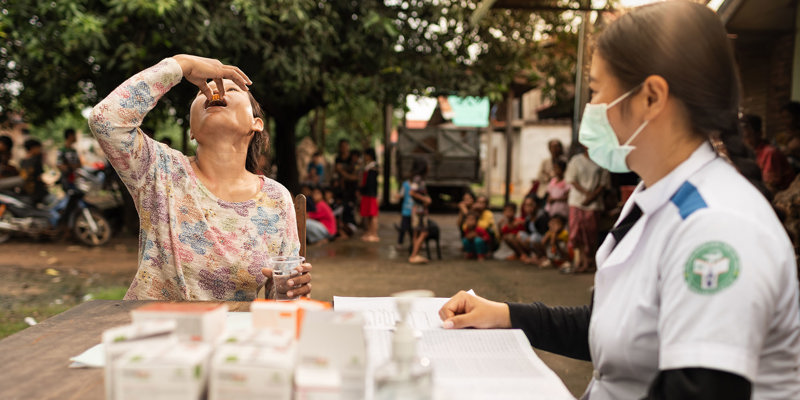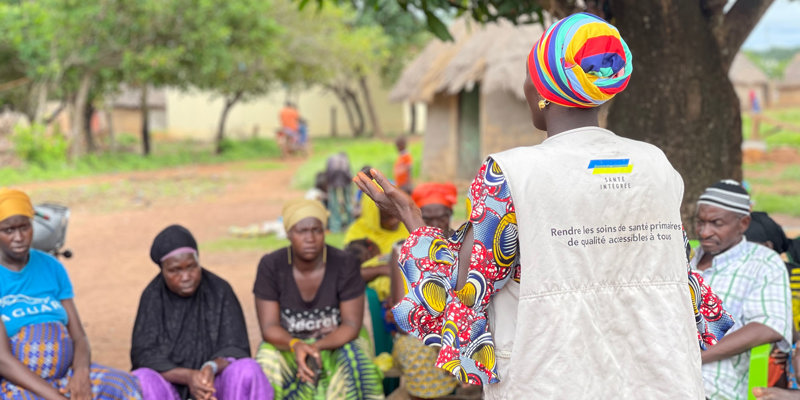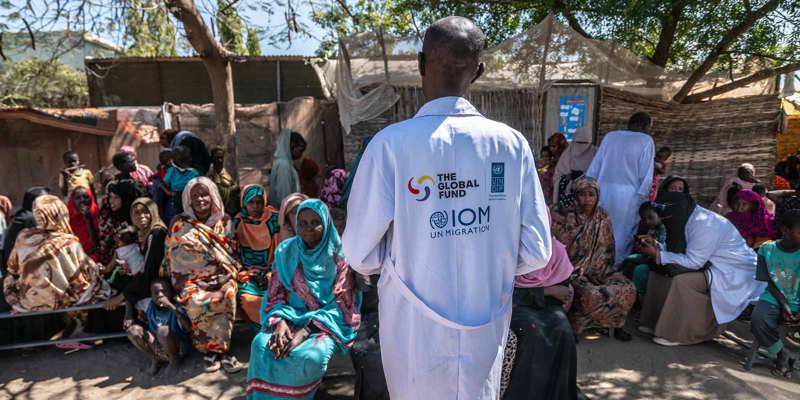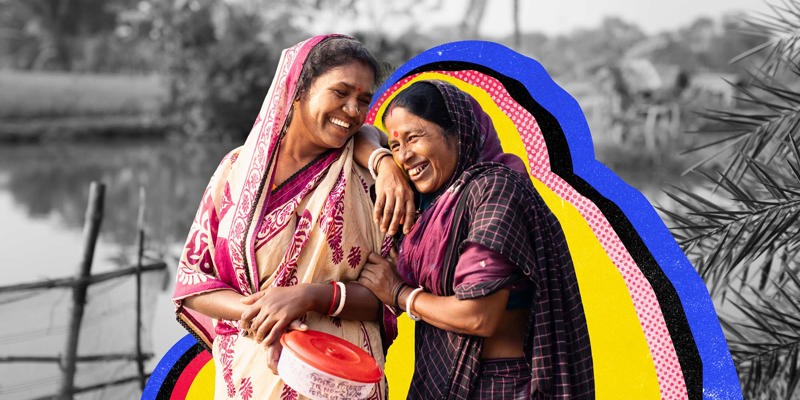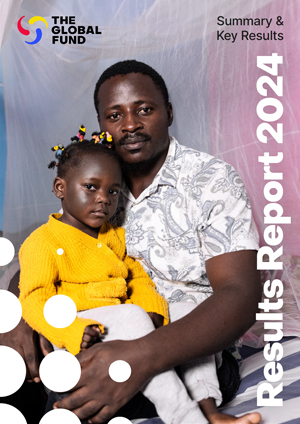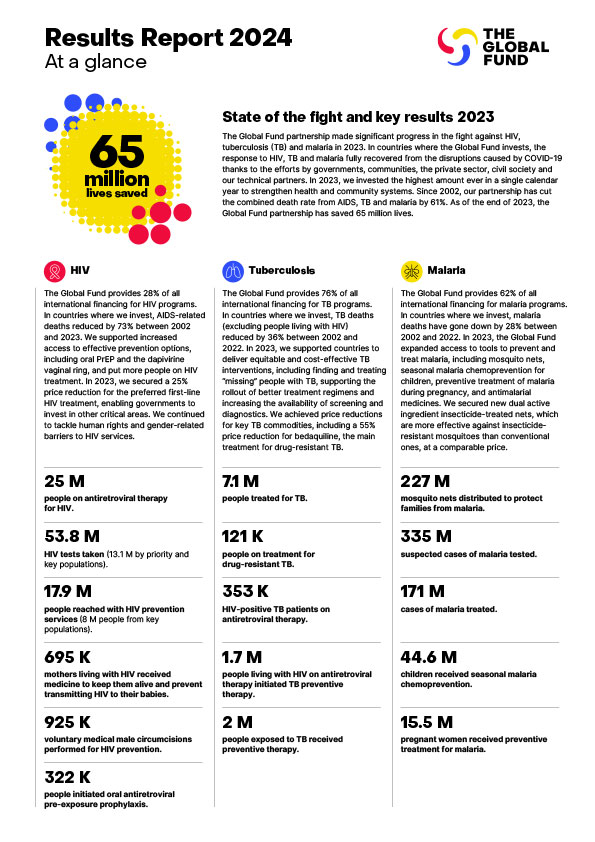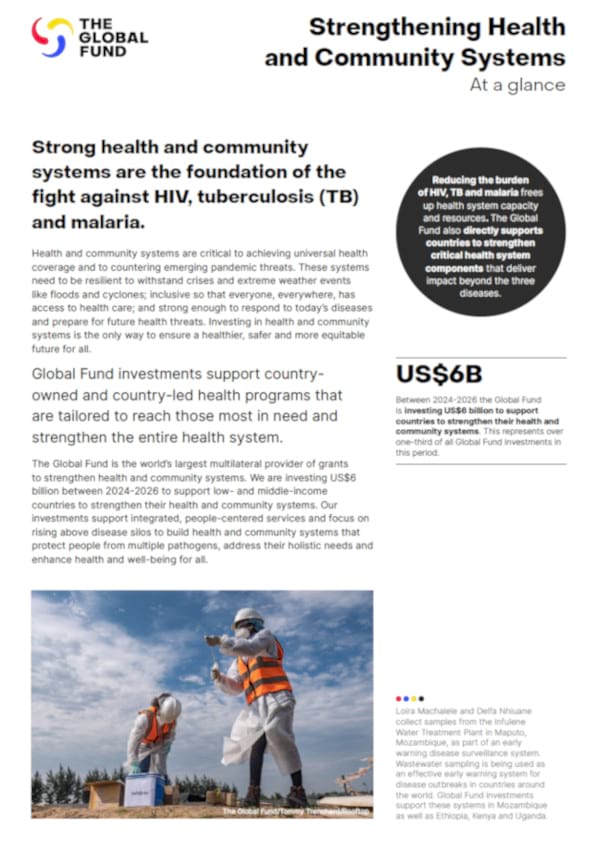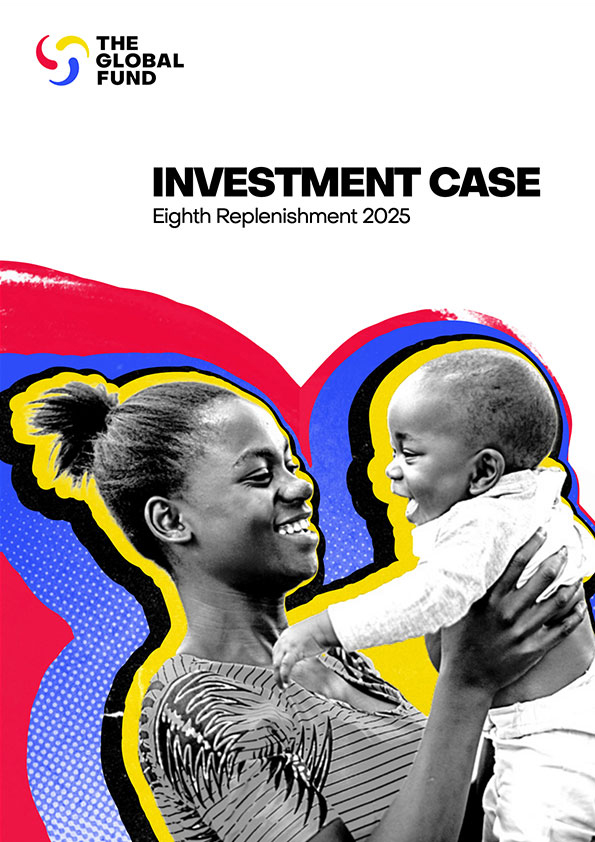Global Fund Results Show Dramatic Gains
20 September 2013
GENEVA - The Global Fund to Fight AIDS, Tuberculosis and Malaria announced new results today that show significant gains in the treatment of people living with HIV and in the prevention of mother-to-child transmission of the virus.
The results show that 5.3 million people living with HIV are receiving antiretroviral therapy under programs supported by the Global Fund, as of 1 July 2013, up from 4.2 million at the end of 2012. The results also show a 21 percent increase in the number of women treated to prevent mother-to-child transmission of HIV, in the first half of 2013. The number of cases of malaria treated grew by 13 percent in the same half-year.
"These results show that we can have a transformative effect on these diseases, by working together," said Mark Dybul, Executive Director of the Global Fund. "More people affected by HIV today can go to work, send their children to school and lead healthy lives thanks to the hard work of all our partners."
The increase of 1.1 million people on ARV therapy since late 2012 reflected a significant improvement in the quality of grant management in Nigeria and Malawi, enabling these two countries to fulfill all stringent criteria for inclusion of their national data in the Global Fund's aggregated results. Zimbabwe also contributed, by significantly raising coverage of ARVs for new patients, to 11 percent of the increase.
In the first half of 2013, the number of pregnant women living with HIV who have received a complete course of ARV therapy to prevent transmission to their unborn children under programs supported by the Global Fund grew to 2.1 million from 1.7 million. Four countries accounted for 65 percent of the increase from the end of 2012: Mozambique (28 percent), Zambia (15 percent), Tanzania (12 percent) and Zimbabwe (10 percent). In these countries, efforts in the prevention of mother-to-child transmission have accelerated sharply over the last year.
Big strides have also been made in the fight against malaria, with 30 million insecticide-treated nets distributed in the first half of 2013 under programs supported by the Global Fund, taking the total number of nets distributed to 340 million. The number of cases of malaria treated rose to 330 million, a 13 percent increase.
Global Fund-supported TB programs also continued to expand. Global Fund financing has cumulatively supported detection and treatment of 11 million smear-positive cases of TB, up from 9.7 million at the end of 2012. The number of people treated for multidrug-resistant TB grew to 88,000 from 69,000 through Global-Fund supported programs. The World Health Organization reported that 56,000 cases were enrolled in treatment of multidrug-resistant TB globally in 2011, of which Global Fund-supported programs accounted for about 22 percent. India drove the leap forward, accounting for about 60 percent of the increase at the end of 2012.
The Global Fund was created in 2002 to dramatically increase resources for the fight against the three pandemics. Today it supports programs in more than 140 countries. Together with the U.S. President's Emergency Plan for AIDS Relief (PEPFAR), the Global Fund is one of the leading international financial supporters for HIV prevention and treatment.
Through innovative partnerships with governments, civil society, UN agencies, private sectors, and key affected communities, the Global Fund has proven an effective vehicle that brings together collaborative efforts to contribute in fighting the three diseases.
The Global Fund will convene a once-every-three-years pledging conference, known as the Global Fund's Fourth Replenishment, in late 2013.
